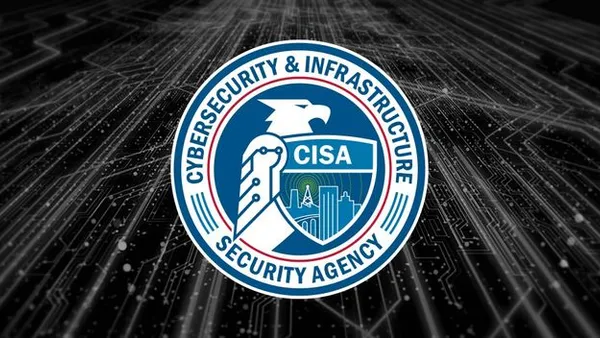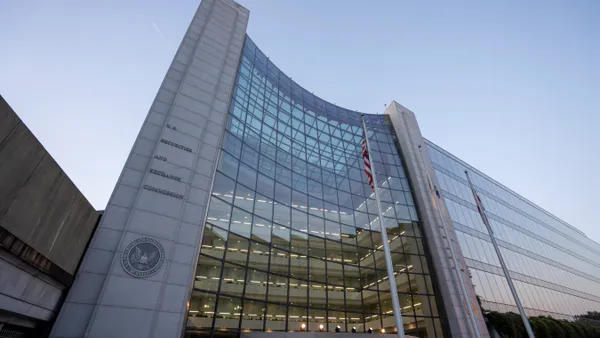Dive Brief:
-
Cybersecurity incidents involving online banking services cost banks an average of nearly $1.8 million each, according to a new Kaspersky Lab report. That’s about double the cost banks typically pay to recover from a malware incident.
-
More than 60% of cybersecurity incidents affecting online banking come with additional costs including data loss, loss of brand/company reputation or leaks of confidential information, the study found. "In the banking sector reputation is everything, and security goes hand-in-hand with this," said Kirill Ilganaev, head of Kaspersky DDoS protection at Kaspersky Lab, in a press release. "If a bank’s online services come under attack, it is very difficult for customers to trust that bank with their money, so it’s easy to see why an attack could be so crippling."
-
Banks are also underestimating the danger of Distributed Denial of Service (DDoS) attacks, according to Kaspersky, which found recovering from a DDoS attack can cost a financial institution significantly more than businesses in other sectors.
Dive Insight:
More banks are reporting serious attempted cyber breaches and many of those attacks are successfully gleaning information, according to a recent report from Accenture. Because they are such attractive targets, banks need to go the extra mile to protect themselves against cyberattacks.
But not enough of them are taking DDoS attacks seriously, choosing instead to focus on malware or other types of attacks, according to Kaspersky. Banks must therefore ensure they are also protecting themselves in the DDoS area, because any disruption of service can be extremely damaging to the institution.
DDoS attacks are on the rise across the board. The number of DDoS attacks grew 380% in Q1 2017 over Q1 2016, according to recent data from Nexusguard. Though not always destructive, DDoS attacks can sometimes be used as a distraction to launch a more crippling attack that can target data.













